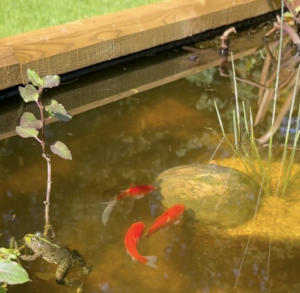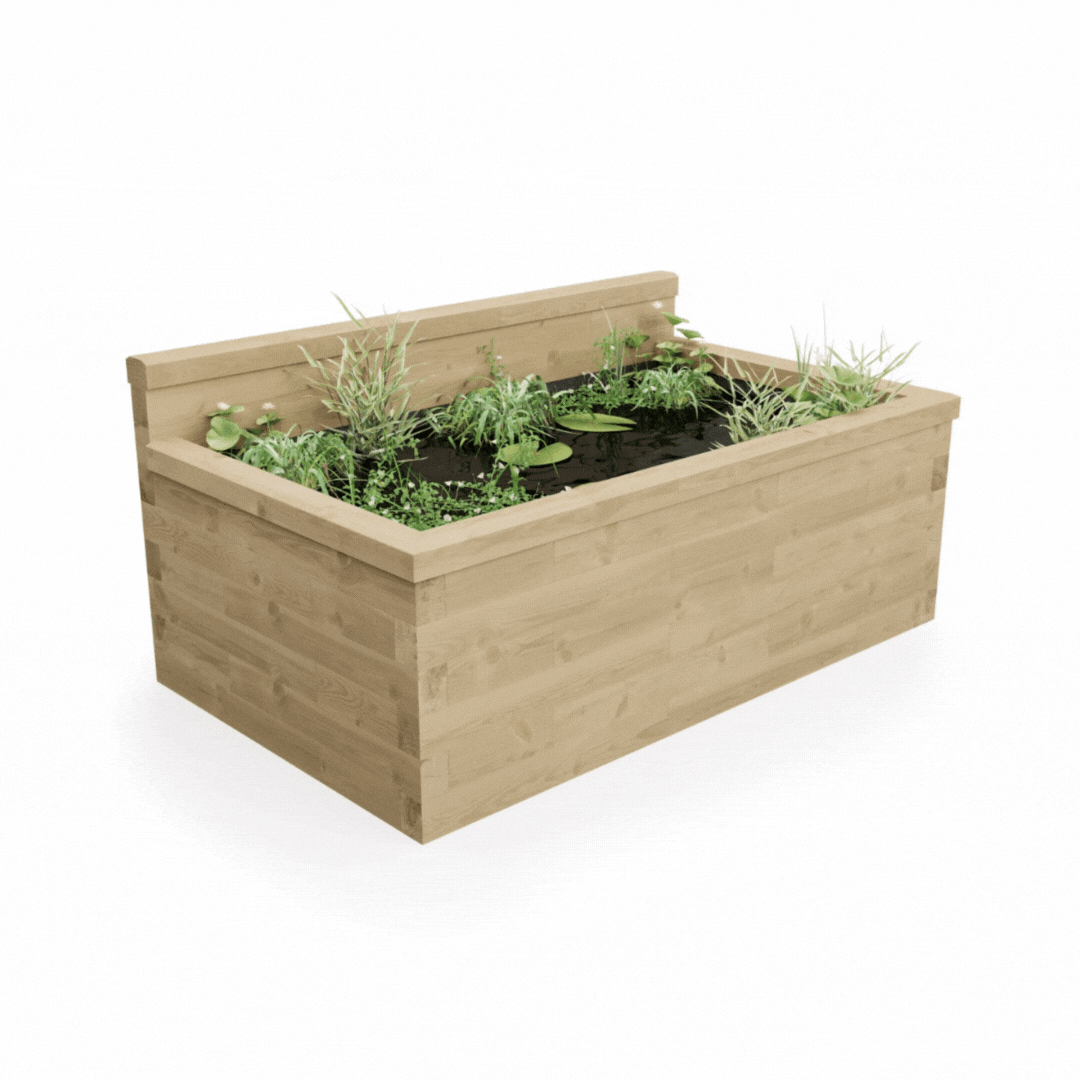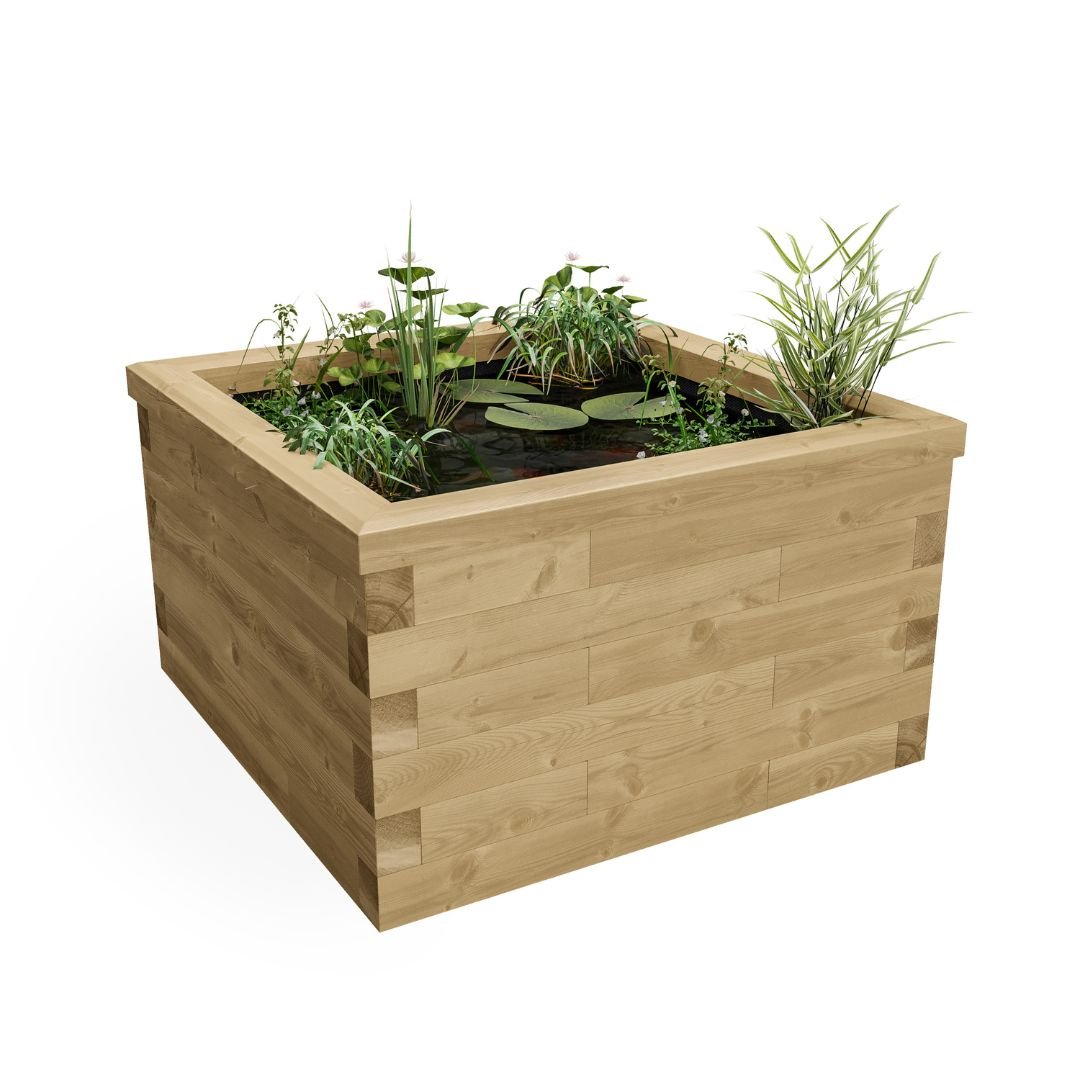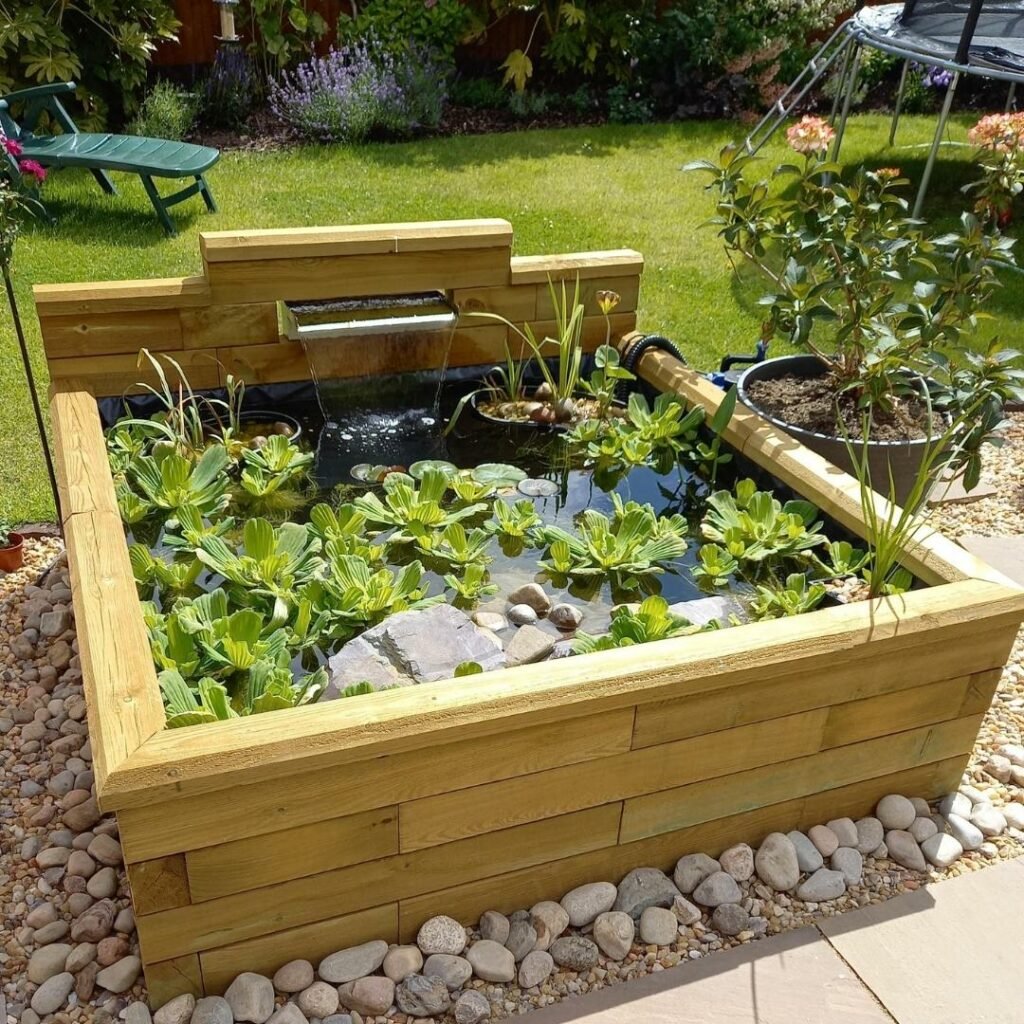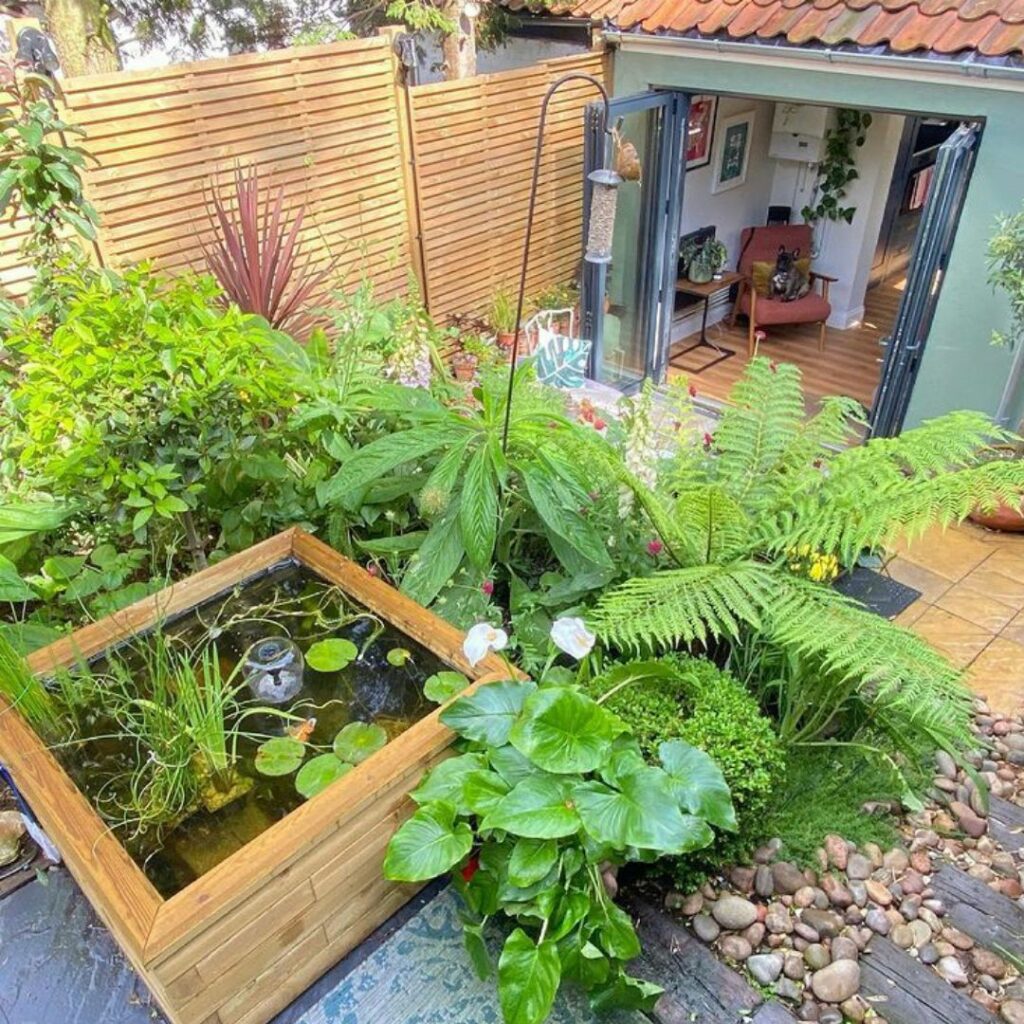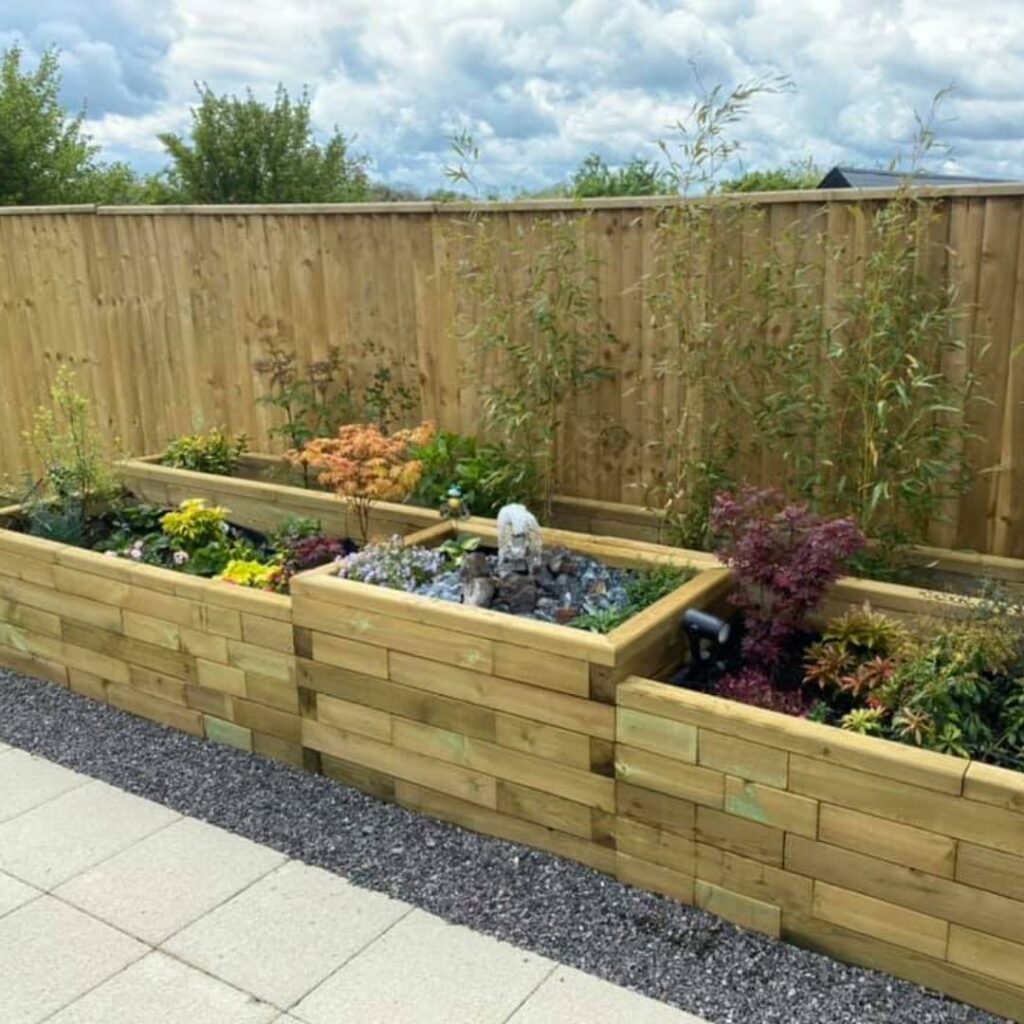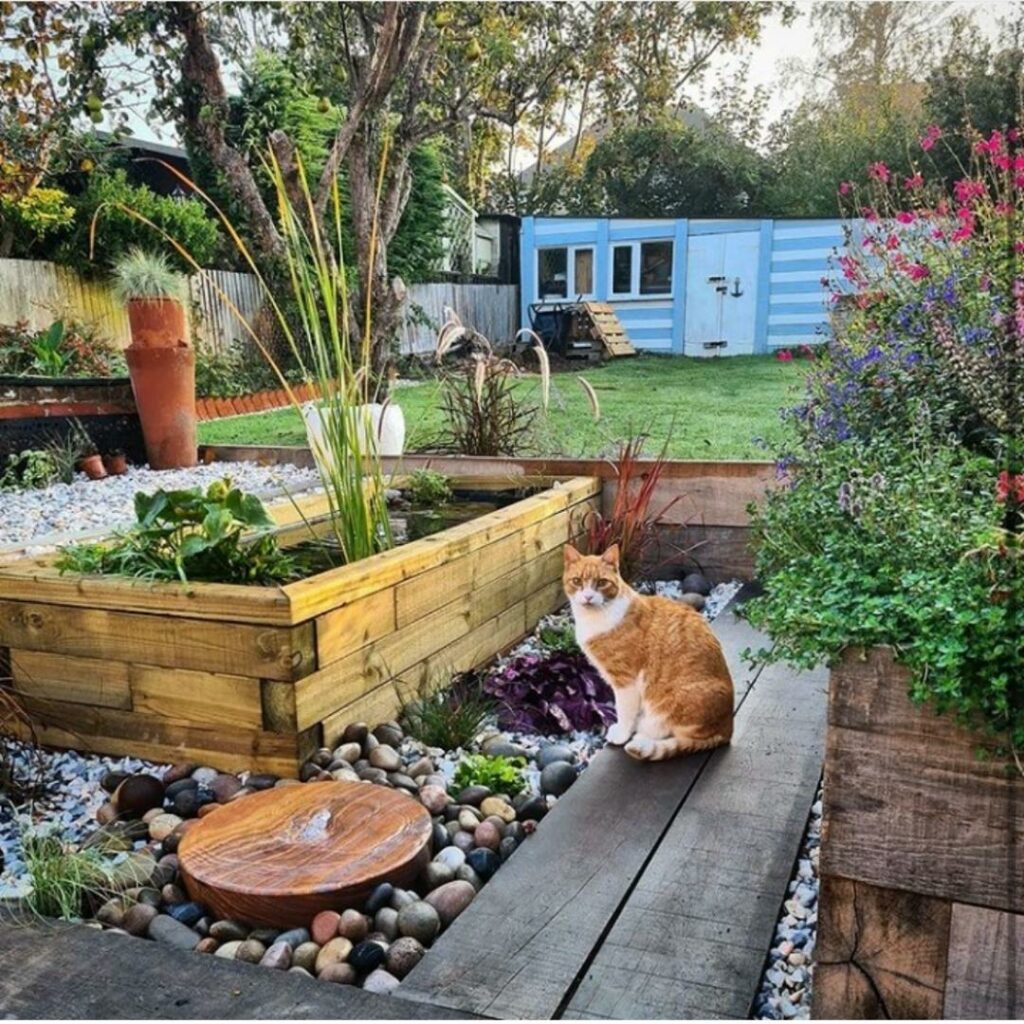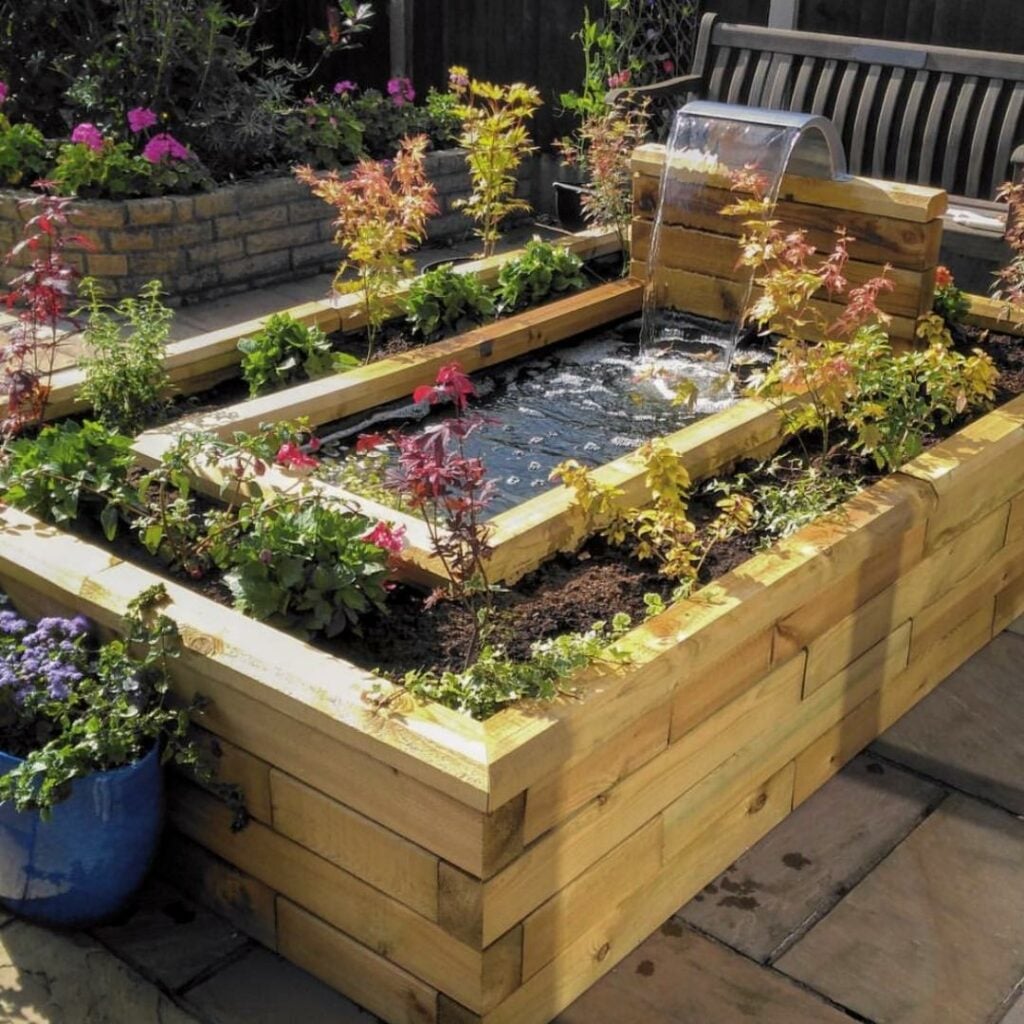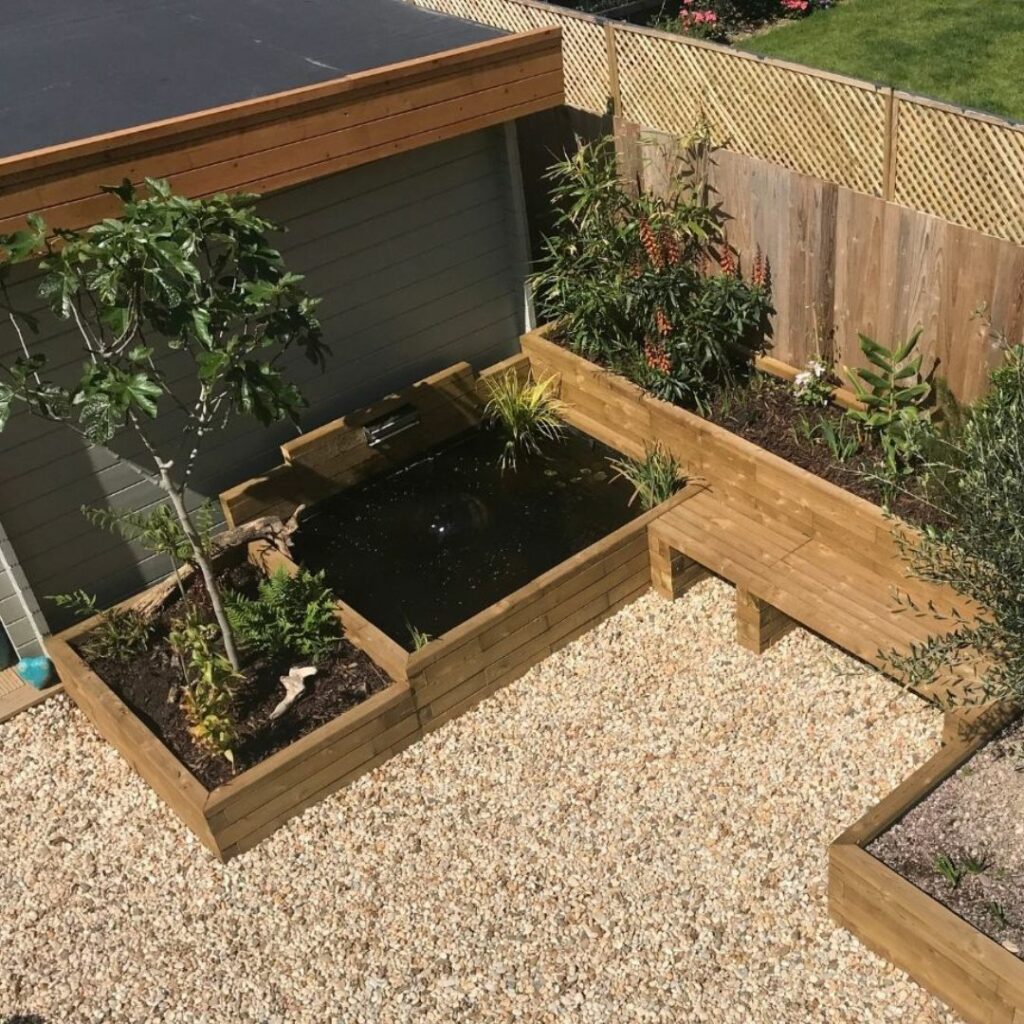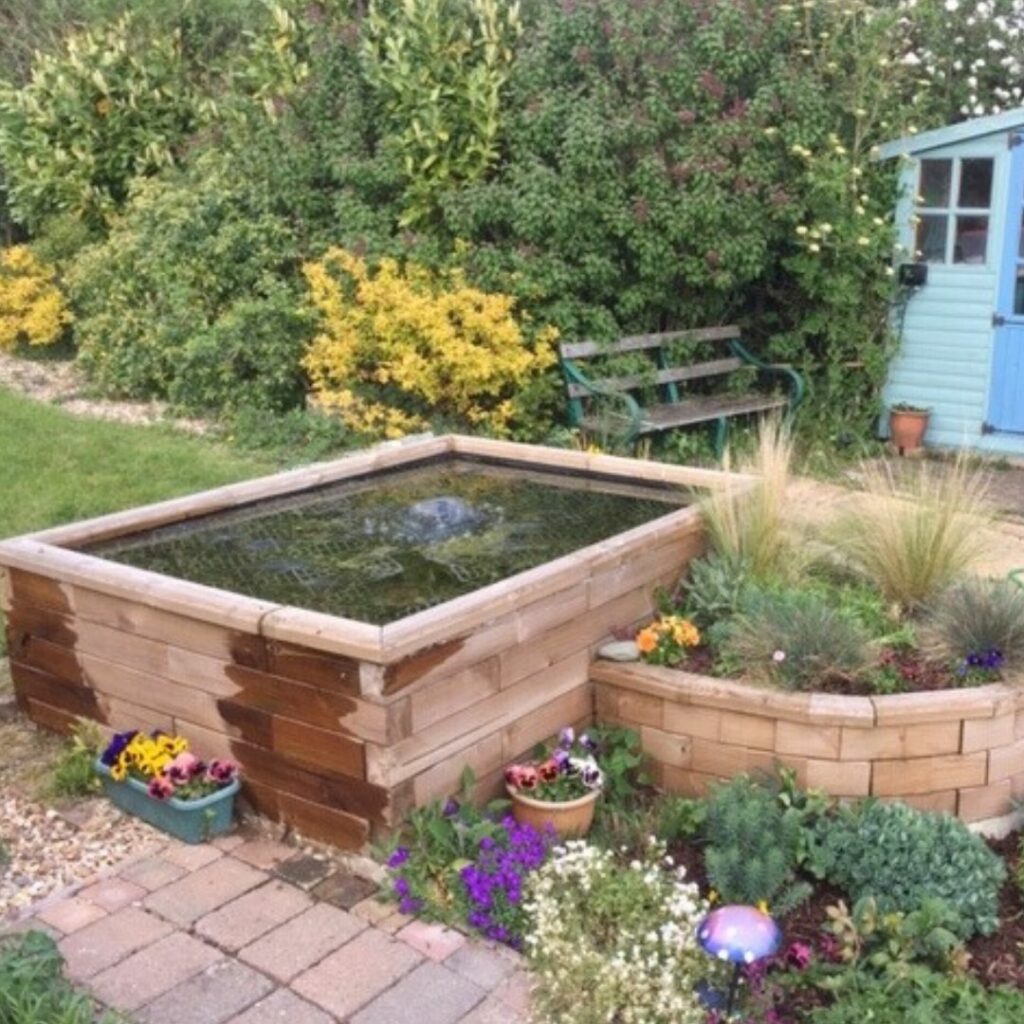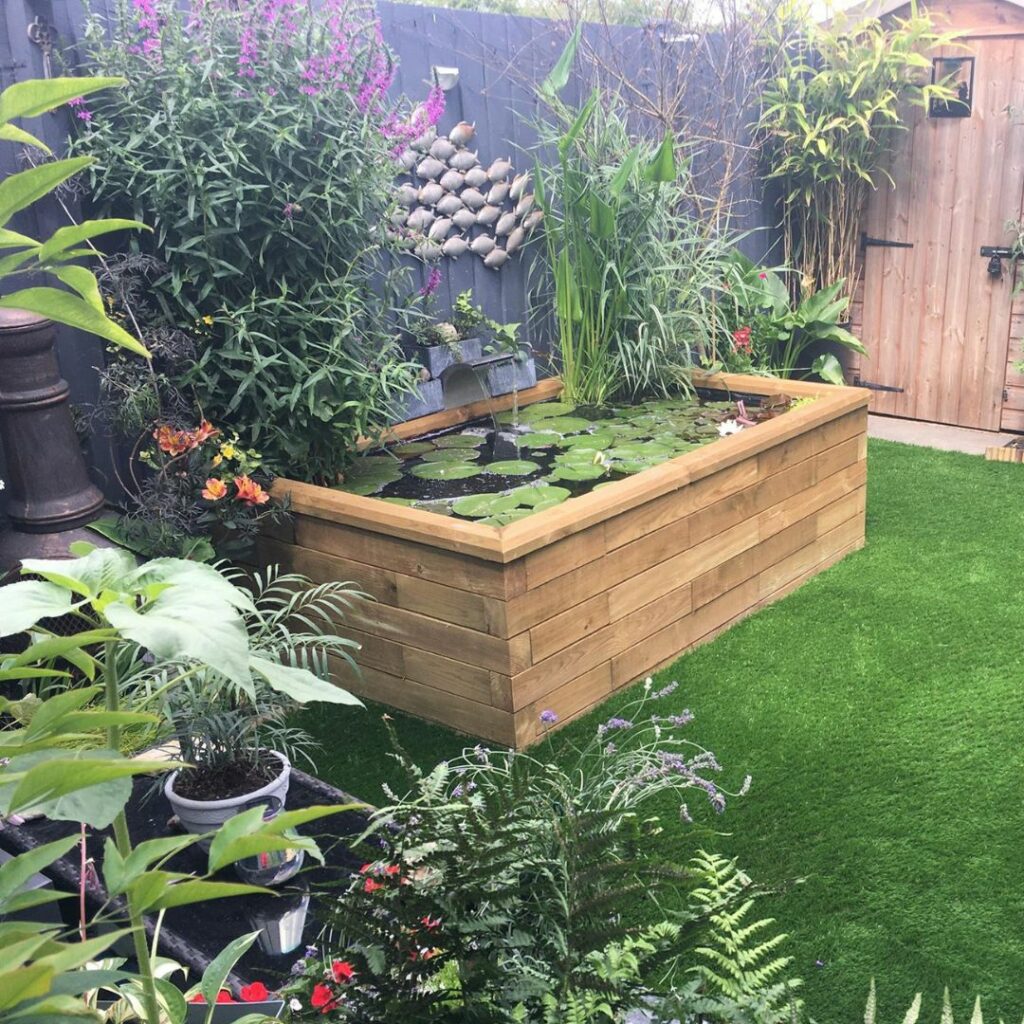How to create a small wildlife pond in your garden
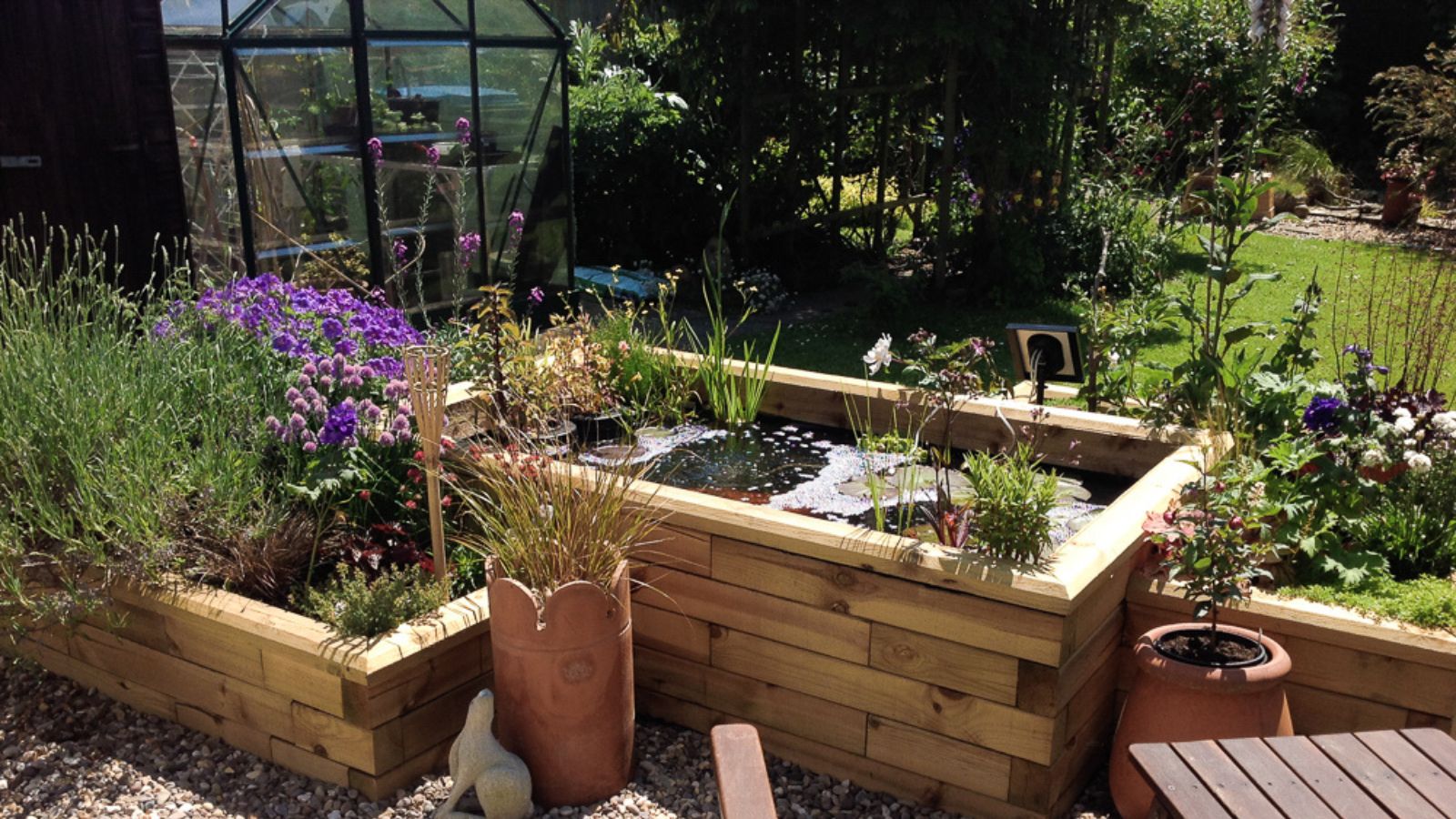
Adding a pond to a garden can make a big impact on wildlife, even a small pond will help to create new habitats for different types of creatures from amphibians to birds thanks to the addition of the water and plants you choose to include. You will find everything you need to know about planning, building, filling, planting and maintaining a small wildlife pond.
Where to build a wildlife pond
You can build a wildlife pond just about anywhere in the garden. Just make sure the area gets plenty of sunlight and some shade. If you are adding a pond at ground level, choose somewhere that it can be easily seen from all directions to prevent accidents.
If you have children, a raised garden pond is ideal as it will be visible to all, plus you can add a cover it to. Our ponds can be built on any surface so you can build directly on hard surfaces such as patios, paving and decking or on a lawn or soil.
When to build a wildlife pond
Wildlife ponds can be built at any time in the year, however, autumn is a great time to build one as the plants have time to establish over the winter, ready for spring. Plus it will be topped up regularly with fresh rainwater

How to build a WoodBlocX wildlife pond
WoodBlocX ponds are raised pond designs, they're built in exactly the same way as our raised beds, using our wooden BlocX and strong dowels. They can be built on any surface, lawns, soil, patios, concrete etc, depending on the surface specified we will either supply ground spikes (soft ground) or angle floor brackets (hard ground).
- Prepare the ground, make sure the area is level before you start, you may need to level the area first by either digging out some earth or adding some sand to even the area.
- Add a layer of sand to the base to protect the liner.
- Lay out the first layer of BlocX and make sure you're happy with the position
- Add the first layer of dowels to the BlocX - move each away from the levelled ground to stop any unlevelling from the mallet - and add them back once complete
- Follow the step-by-step instructions that we provide and build the pond up to the final layer ahead of adding the capping.
- Place your pond liner inside the structure, leaving enough material to fit over the final layer of dowels.
- Make incisions where each dowel is placed and fix the liner of the dowels.
- Add the capping and cut away any excess liner.
- Fill with water from a water butt or other rainwater harvesting system.
Small wildlife pond ideas for your garden
Our customers have been creating small wildlife ponds and large water features for their gardens using WoodBlocX for more than a decade. Our modular system makes a great alternative to railway sleeper ponds as it's much easier to build with and also longer lasting. Take a look at some of our customer photos to see for yourself.
Reasons to choose a WoodBlocX pond
- Everything you need to build is provided
- Quick and easy to build with step-by-step instructions
- No cutting, drilling or special tools needed
- Strong, durable and long lasting
- Parts are pre-drilled and then treated for extra strength
- Made from sustainable UK-sourced timber
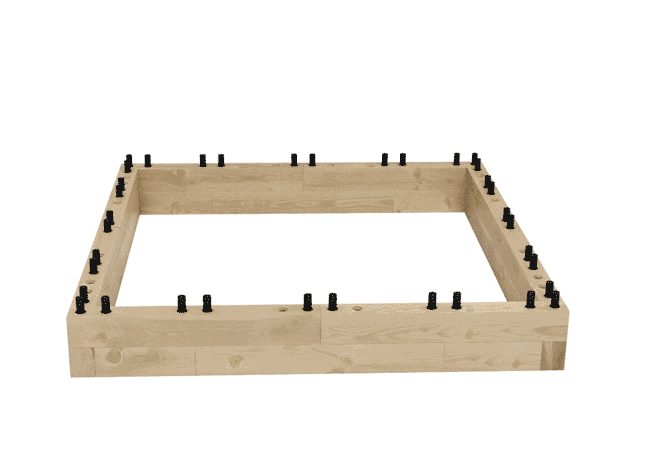
The best plants to add to a wildlife pond
A small pond will only need a few carefully selected aquatic plants to thrive. There are three types of pond plants that are ideal for small ponds and these are:
Marginal plants
These are placed around the edges of the pond, these aren't needed for raised garden ponds as they're often used to stabilise the banks or are planted on the banks.
Oxygenators
These submerged plants provide oxygen under the water and are vital for keeping the water clear.
Floating plants
These create shade within the water and are great for providing cover for the creatures that live in the pond.
BBC Gardeners World has compiled a list of the best plants covering each of the aquatic plant types above, find out more.
How to maintain a wildlife pond
During the first 12 months of your wildlife pond, you may not need to do any maintenance in the water. If you are building a WoodBlocX raised pond the structure itself will not need any year-on-year maintenance.
Clean out your pond regularly by removing any dead leaves, fallen debris and overgrown plants, this will help to keep the contents healthy. Oxygenating plants are also helpful to keep oxygen levels in the water healthy.
How can wildlife access a raised pond?
Flying wildlife will have no problem at all accessing your wildlife pond. To make it accessible to amphibians such as frogs and newts, you could consider building a ramp close by which they can easily climb up and down, or add plant pots of varying heights that they can access (with a little bit of jumping and climbing) to reach the pond. We can design small wildlife ponds with an additional planter section which can be used as a step-up for wildlife, just use our Free Design Service.
Also, make sure that the pond has shallow areas for frogs, this can be done by adding rocks and potted pond plants in the corners of the pond.
